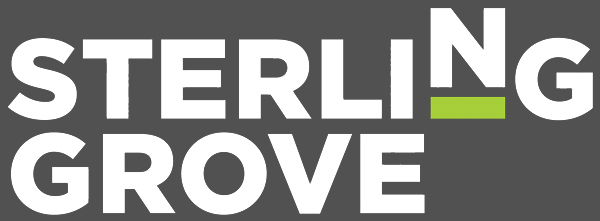HM Revenue and Customs (HMRC) is advising employers across the UK to check if they can claim back coronavirus-related Statutory Sick Pay (SSP) which has been paid to employees before September 30, 2021.
If you are an employer, you may be able to use the Coronavirus Statutory Sick Pay Rebate Scheme to claim back SSP, but you must submit or amend any claims you make or have previously made before December 31, 2021.
Who can use the scheme
This scheme is for employers. You can claim back up to 2 weeks of SSP if:
- you have already paid your employee’s sick pay (use the SSP calculator to work out how much to pay)
- you’re claiming for an employee who’s eligible for sick pay due to coronavirus
- you have a PAYE payroll scheme that was created and started on or before 28 February 2020
- you had fewer than 250 employees on 28 February 2020 across all your PAYE payroll schemes
Employees do not have to give you a doctor’s note for you to make a claim. But you can ask them to give you either:
- an isolation note from NHS 111 – if they are self-isolating and cannot work because of coronavirus (COVID-19)
- a ‘shielding note’ or a letter from their doctor or health authority advising them to shield because they’re at high risk of severe illness from coronavirus
The scheme covers all types of employment contracts, including:
- full-time employees
- part-time employees
- employees on agency contracts
- employees on flexible or zero-hour contracts
- fixed term contracts (until the date their contract ends)
You must submit or amend claims on or before 31 December 2021.
What you can claim
The repayment will cover up to 2 weeks SSP starting from the first qualifying day of sickness, if an employee is unable to work because they:
- have coronavirus symptoms
- are self-isolating because someone they live with has symptoms
- are self-isolating because they’ve been notified by the NHS or public health bodies that they’ve come into contact with someone with coronavirus
- have been advised by letter to shield because they’re clinically extremely vulnerable and at very high risk of severe illness from coronavirus
- have been notified by the NHS to self-isolate before surgery for up to 14 days
You can make more than one claim per employee, but you cannot claim for more than 2 weeks in total.
You can claim from the first qualifying day your employee is off work if the period of sickness started on or after:
- 13 March 2020 – if your employee had coronavirus or the symptoms or is self-isolating because someone they live with has symptoms
- 16 April 2020 – if your employee was shielding because of coronavirus
- 28 May 2020 – if your employee has been notified by the NHS or public health bodies that they’ve come into contact with someone with coronavirus
- 26 August 2020 – if your employee has been notified by the NHS to self-isolate before surgery
Most people are asked to self-isolate for 3 days before surgery. In this case, the day of surgery will be the 4th day of their period of incapacity for work. You cannot claim repayment of SSP for the day of surgery or any other days when the absence is not due to coronavirus.
A ‘qualifying day’ is a day an employee usually works on. The weekly rate was £95.85 before 6 April 2021 and is now £96.35. If you’re an employer who pays more than the weekly rate of SSP you can only claim up to the weekly rate paid.
Records you must keep
You must keep records of SSP that you’ve paid and want to claim back from HMRC.
You must keep the following records for 3 years after the date you receive the payment for your claim:
- the dates the employee was off sick
- which of those dates were qualifying days
- the reason they said they were off work – if they had symptoms, someone they lived with had symptoms or they were shielding
- the employee’s National Insurance number
You can choose how you keep records of your employees’ sickness absence. HMRC may need to see these records if there’s a dispute over payment of SSP.
You’ll need to print or save your state aid declaration (from your claim summary) and keep this until 31 December 2024.
Talk to us about claiming a Coronavirus Statutory Sick Pay Rebate
